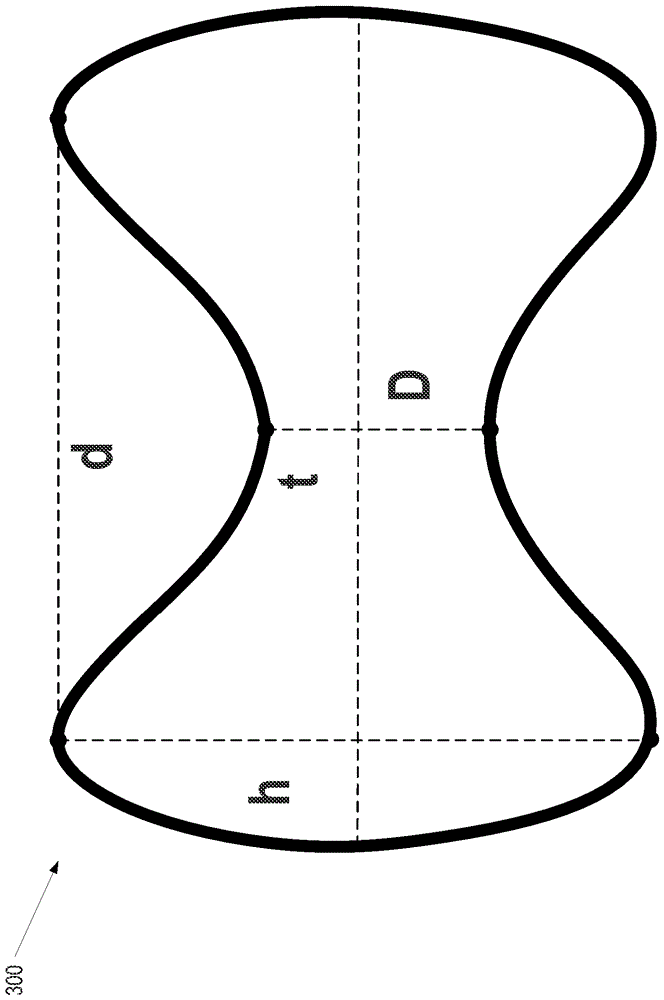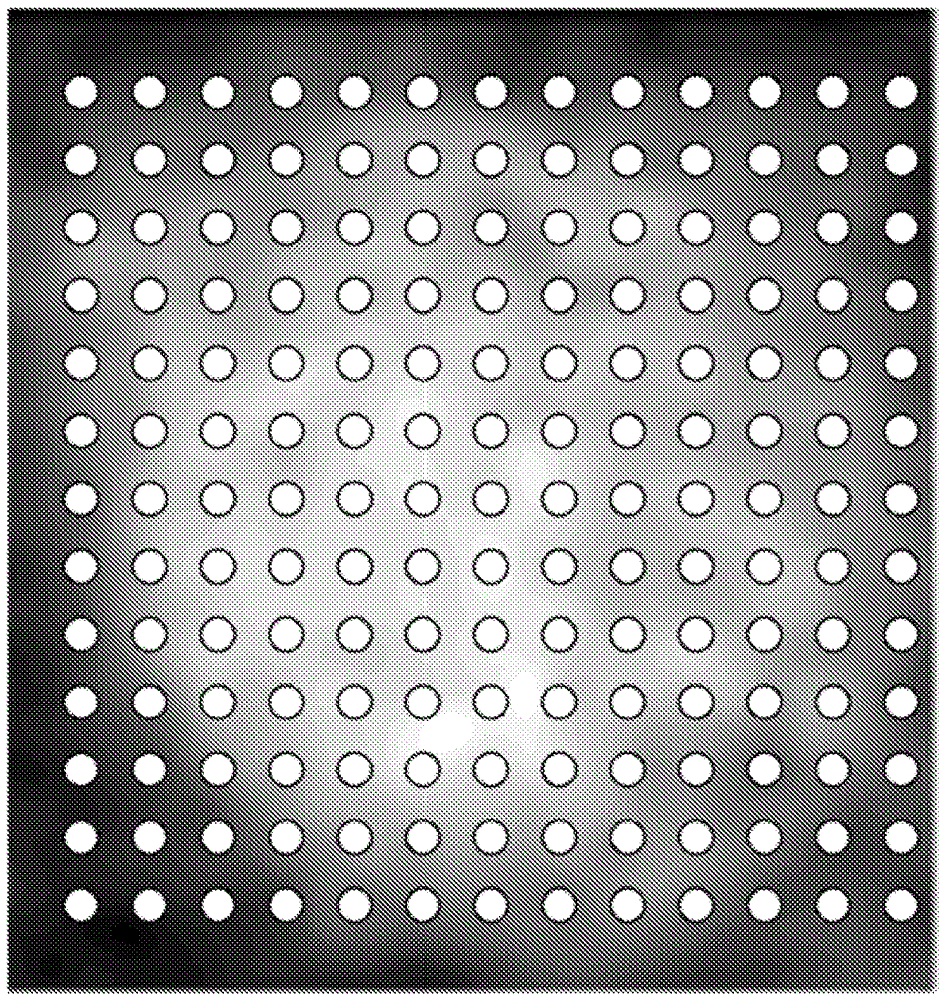Analyzing digital holographic microscopy data for hematology applications
A digital holographic microscopy, hematology technology, applied in the analysis of materials, image analysis, image data processing and other directions, can solve problems such as lack of accuracy, cell size and shape limitations, etc.
- Summary
- Abstract
- Description
- Claims
- Application Information
AI Technical Summary
Problems solved by technology
Method used
Image
Examples
Embodiment Construction
[0031] The following disclosure describes the invention in terms of several embodiments directed to methods, systems and devices related to analyzing digital holographic microscopy (DHM) for hematology and other clinical applications. Briefly, the techniques discussed herein include three principle ideas that can be applied in different configurations in the various embodiments described herein. First, in some embodiments, red blood cell (RBC) volume estimation is performed using parametric modeling of red blood cells to regularize the raw DHM data to match the physical model of RBCs, in an attempt to eliminate any distortion. Second, in certain embodiments, label-free differentiation of white blood cells (WBCs) captured by the DHM is performed using a machine learning algorithm Collection of training sample DHM images of granulocytes, basophils, lymphocytes, eosinophils) to extract characteristic topological changes. The machine learning algorithm then automatically classif...
PUM
 Login to View More
Login to View More Abstract
Description
Claims
Application Information
 Login to View More
Login to View More - R&D
- Intellectual Property
- Life Sciences
- Materials
- Tech Scout
- Unparalleled Data Quality
- Higher Quality Content
- 60% Fewer Hallucinations
Browse by: Latest US Patents, China's latest patents, Technical Efficacy Thesaurus, Application Domain, Technology Topic, Popular Technical Reports.
© 2025 PatSnap. All rights reserved.Legal|Privacy policy|Modern Slavery Act Transparency Statement|Sitemap|About US| Contact US: help@patsnap.com



